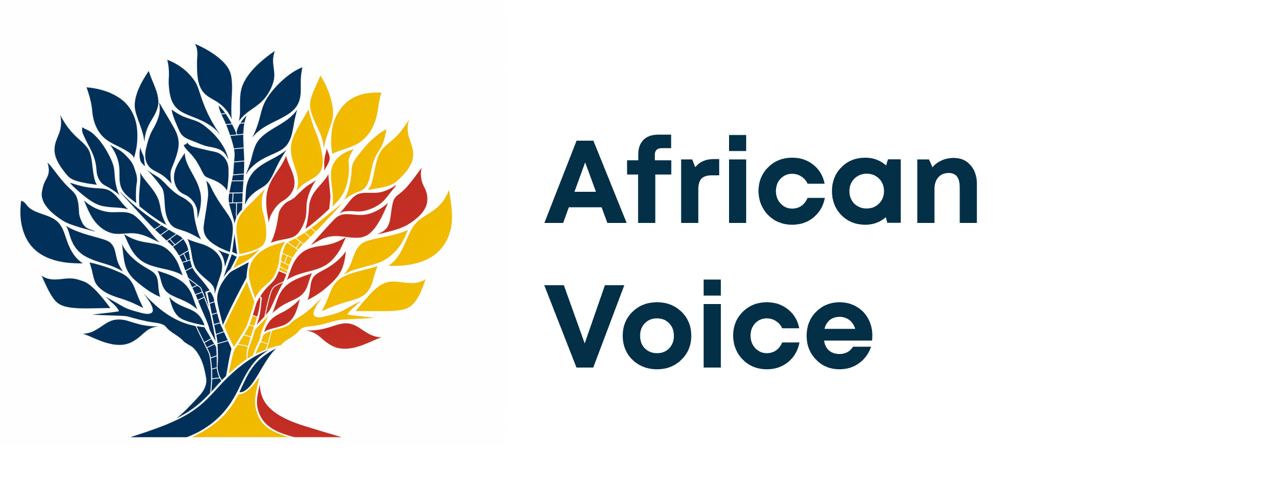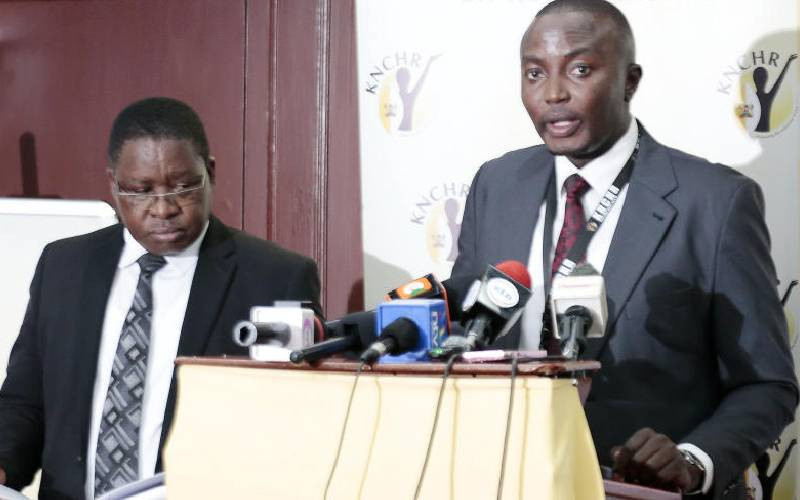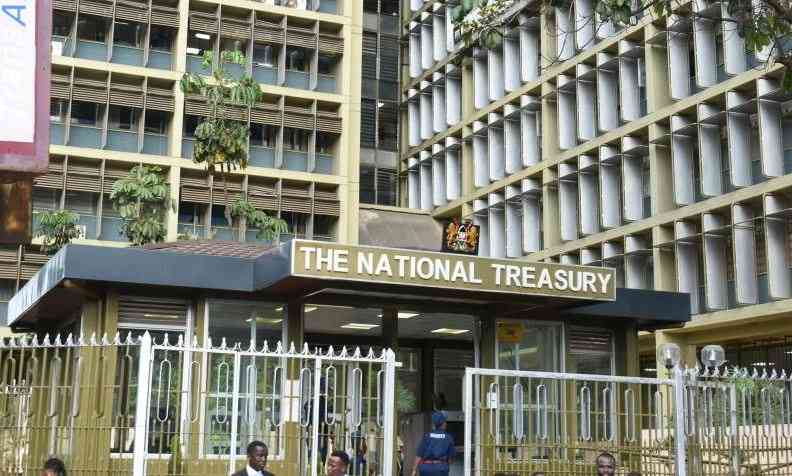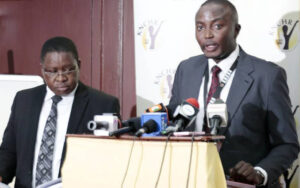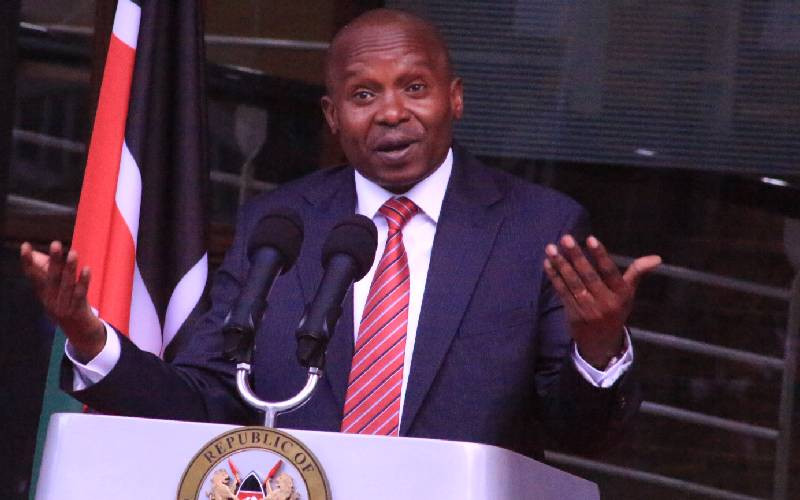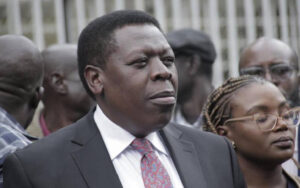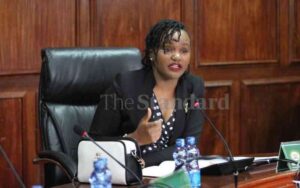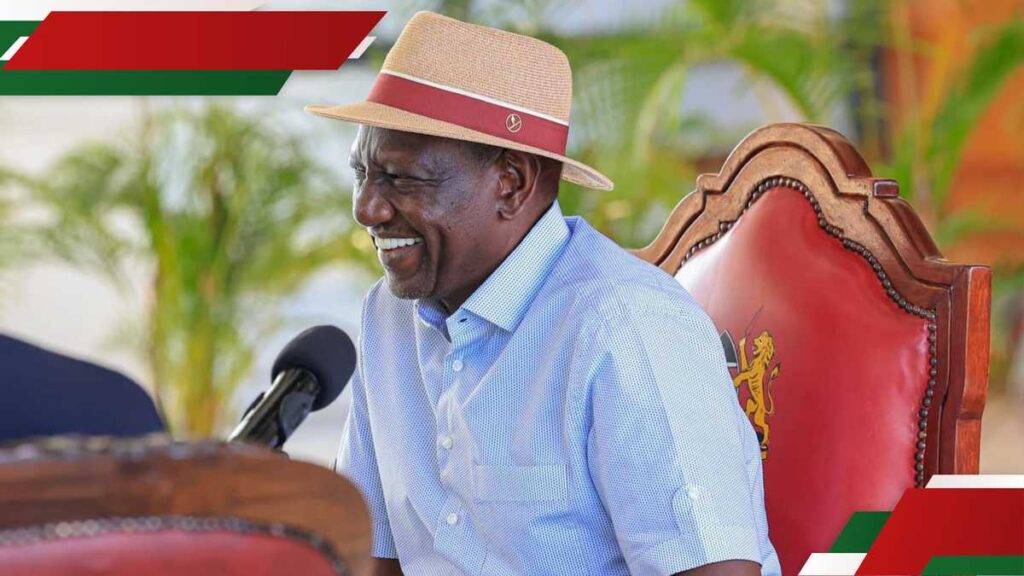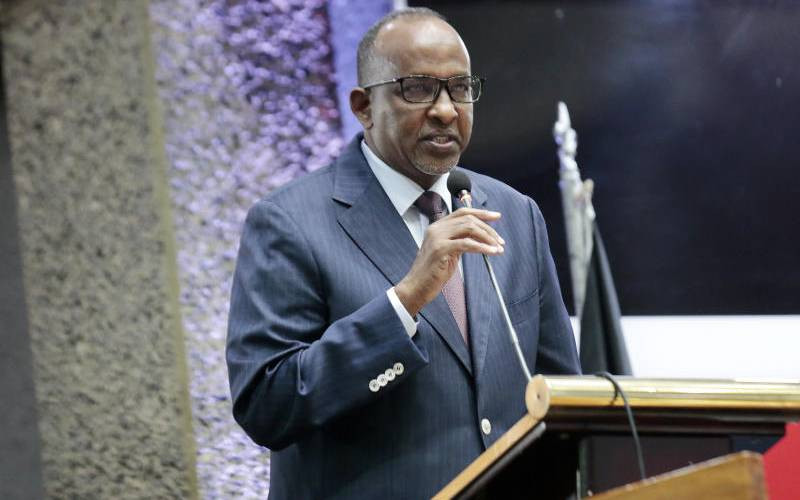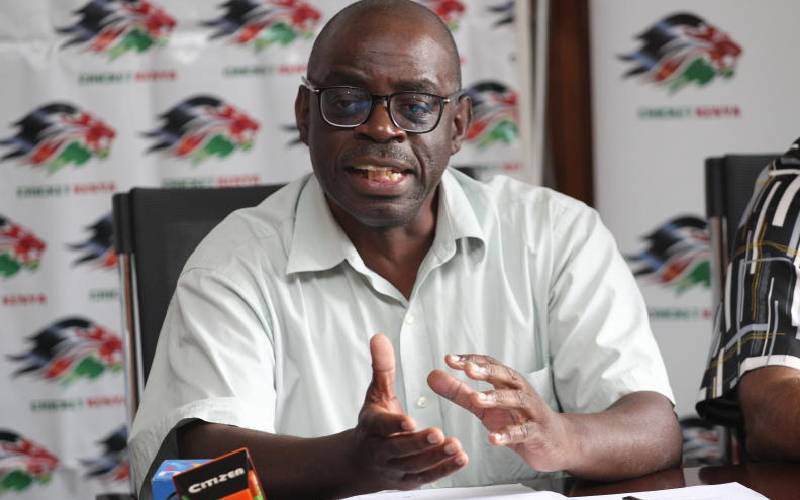Kenyans continue to face the same challenges they were dealing with at this time last year, even as the budget-making process nears completion, with the National Treasury now under fire for appearing out of touch with their struggles.
By the end of this month, the Treasury is expected to unveil its spending plans for the upcoming financial year (2025/26), followed by the Finance Bill 2025, which will outline how it intends to allocate tax revenues and introduce any new tax measures aimed at boosting revenue for the new fiscal year.
So far, Budget documents appear to fall short of addressing the harsh financial realities facing Kenyans, with both the proposed measures and the government’s actions failing to adequately respond to their concerns.
Some of the issues are the factors that fuelled the anti-government protests last year.
Among these are the burning issues for many young Kenyans — unemployment and the cost of living.
And as Kenya’s debt burden increases, the government is unable to tame wasteful spending.
The Parliamentary Budget Office (PBO) raises concerns about the initiatives that the government has put in place to uplift Kenyans.
It noted that while the Budget Policy Statement (BPS) painted a rosy picture of jobs created in the country, the number of new jobs are nowhere new the 1.2 million jobs per year promised in the government’s Fourth Medium Term Plan (MTP IV) of the Vision 2030, which was launched last year.
The BPS is a broad guide to government spending plans.
PBO also noted that the quality of jobs is low and wages have, for the last four years, been on the decline.
“The BPS highlights progress in job creation in several sectors, including 164,000 jobs in affordable housing, 2,079,658 youths trained and linked to online jobs under the Ajira Digital Programme, and 4,000 jobs from Constituency Industrial Development Centres, among other interventions.
“While these efforts are commendable, there are concerns about the quality of the reported jobs. Additionally, there are ongoing concerns that unemployment and underemployment remain persistent, with many citizens, especially the youth, struggling to find stable and quality employment,” BPO stated.
“This is compounded by the fact that between 2020 and 2023, the combined real wages for both the private and public sectors decreased by 10.7 per cent.
“Annual average real wages in the private sector have reduced from Sh749,112 in 2020 to Sh686,451 in 2023, a reduction of 8.4 per cent, while that of the public sector reduced from Sh743,063 in 2020 to Sh725,870 in 2023, a reduction of 15.8 per cent.
Stay informed. Subscribe to our newsletter
The PBO also noted that while the cost of living had declined, this has largely been due to favourable weather as opposed to government interventions.
It noted that the government is still susceptible to shocks should rains fail. Efforts to wean the country from relying on rain-fed agriculture have not yielded much.
“There are concerns about what is attributable to the government’s policy interventions and what may be attributed to other externalities. For instance, the high cost of basic commodities at the time in reference was attributed to the prolonged drought that the country was facing and over-reliance on rain-fed agriculture,” said the PBO.
It also slams the government for high taxes that have had the impact of reducing the take-home pay for Kenyans.
“Although not explicitly stated as a government policy, there has been a noticeable trend of transferring the financial responsibility of government programmes indirectly onto households rather than financing them through conventional taxation.
“This encompasses initiatives such as the affordable housing programme, the social health insurance fund, the new university funding model, and proposed adjustments to the social security fund,” PBO noted.
These could potentially reduce household disposable income, thus adversely impacting aggregate demand, PBO said.
This is even as Kenya’s private sector struggles with a high cost of credit that is delaying economic recovery and pushing businesses into losses.
Despite the Central Bank of Kenya lowering the Central Bank Rate from 13 per cent in August last year to the current 11.24 per cent, businesses are yet to feel the impact of the drop, with small and medium enterprises struggling the most.
According to the Institute of Economic Affairs (IEA) the liquidity crunch experienced across the economy is worsened by the government’s borrowing from the domestic market to bridge the budget deficit estimated to hit more than Sh800 billion for the current financial year, 2024/25.
“This situation indicates that government borrowing dominated private sector borrowing.
‘‘The consequences for growth in the medium term shows that the vitality of the private sector is adversely affected relative to a year before,” reads the IEA report in part.
The government plans to spend Sh4.26 trillion over the 2025/26 financial year, which is higher than Sh3.9 trillion in the current financial year.
Treasury expects tax revenues to stand at Sh2.835 trillion. The budget deficit will stand at Sh831 billion, whichthe Treasury said would be financed by foreign financing at Sh146.8 billion while domestic borrowing will cater for the balance of Sh684.2 billion.
The plans to borrow heavily from the local market are expected to see banks deny Kenyan households and businesses credit and instead lend to the government, which is viewed as a much less risky borrower.
Economists warn that this pattern is likely to constrain businesses and households that have endured a difficult year.
“Muted demand remains a key risk to economic recovery,” explains the IEA. “This persistent weak demand points to underlying economic distress, particularly among low-income households, who face rising food prices while struggling to afford the non-food items.”
PBO warned that increased domestic borrowing “may be exacerbated by a larger-than-projected fiscal deficit, may result in crowding out lending to the private sector”.
In setting the revenue targets, Treasury has come to terms with economic realities and revised downwards its revenue collection target for the 2025/26 financial year.
Treasury, according to the BPS, has reduced the target for ordinary revenue to Sh2.835 trillion from the earlier target set in the draft BPS of Sh3.018 trillion.
The projected total revenue, which includes tax revenues collected by KRA and Appropriation in Aid (AIA), has also come down to Sh3.385 trillion from the earlier projection of Sh3.516 trillion in the draft BPS.
The downward review could be an indication of the government coming to terms with the reality that the economy is not doing as well as it may have expected.
The revenue is, however, an increase compared to how it is expected to net in this financial year, with ordinary revenues expected to reach Sh2.58 trillion while total revenue, which factors AIA, is expected to be at Sh3.065 trillion by ethe nd of June this year.
“Revenue performance will be underpinned by the ongoing reforms in tax policy and revenue administration geared towards expanding the tax base and improving tax compliance,” said the Treasury in the BPS.
Treasury also hopes that such measures as using technology to modernise tax administration, sealing revenue loopholes and focusing on non-tax revenues that State agencies can generate through public services as among the measures to improve revenues.
The PBO notes that the Treasury has attempted to be realistic in terms of revenue collection.
“These proposals are not different from the previous policy instruments in previous BPSs, making it unlikely that the projected tax revenue targets attributed to the successful execution of these measures will be achieved,” said PBO, adding that Treasury, in its projections for the next financial year, may have failed to factor the economic situation for the 2024/25 financial year.

